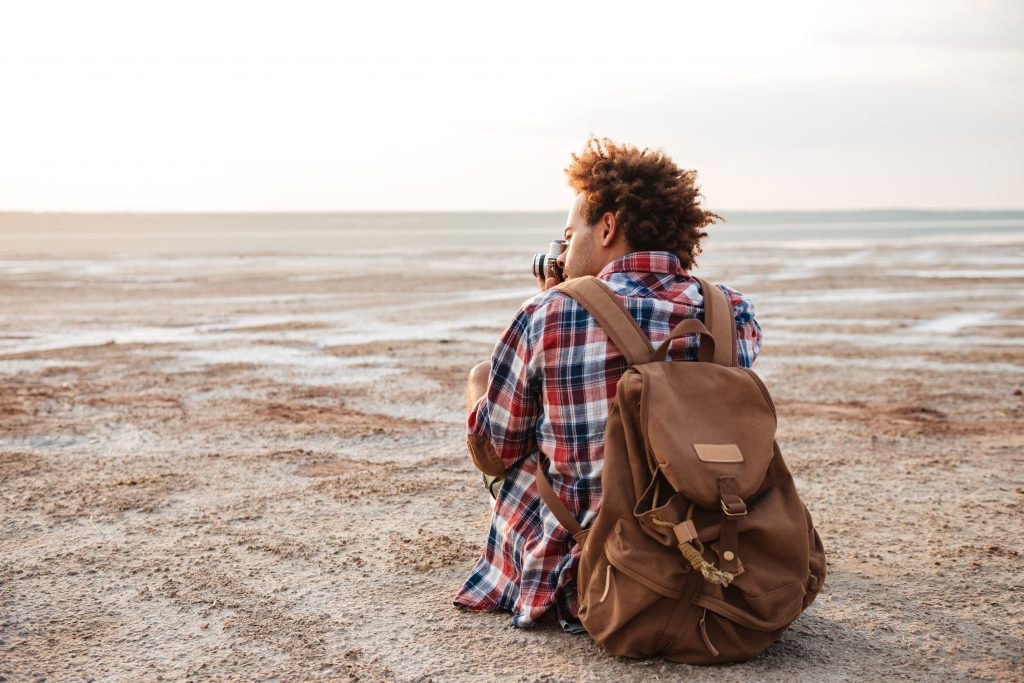
There’s been a great deal of interest lately in the art of photography. That’s because when one picks up a camera and learns how to click its shutter button, they get to see how candidly beautiful live moments actually are when captured. Since then, many people have developed a passion for photography.
Have you recently begun to like photographing practically everything or filming every memorable moment with your family and friends? With the advent of various cameras for beginners and pros, photography can be a delightful hobby for anyone because it immortalizes the things or moments you wish to hold on to forever.
If you work hard to develop your photography skills, you might be able to stand out in the industry and produce more unique images. However, photography is a process that’s both intricate and basic, factual and personal, and everything in between. There’ll be moments when something about your photographs isn’t quite correct. For example, you might think the compositions are perfect, yet there’s something in them that jars your perspective. These and other concerns may have arisen during your sessions.
On the plus side, such challenges are rather prevalent among beginners. By overcoming these challenges, you could improve your photographic skills and be more willing to try out new ideas and techniques. If you’re curious about these challenges, below is a list of the most common photography ordeals that beginners confront, as well as how to overcome them.
1. Taking Pictures In Unappealing Places
This is a challenge that forces you to look for new areas to photograph. A time may come when you’ll be forced to photograph gorgeous subjects against drab backgrounds. These places, far from being attractive, might be mundane and troublesome for photography.
What To Do: To overcome this formidable challenge, you’ll need to be able to utilize your creativity, as well as design and editing skills. With such skills, you could make a photo appear beautiful no matter where it’s taken. In addition, proper posture is important when photographing people.
2. Taking Pictures Of Random People On The Street
In photography, knowing how to speak with strangers is crucial. Working with such individuals will prepare you for dealing with clients in the business world of photography. Meanwhile, candid photography will increase your awareness of your surroundings and your ability to spot special moments worth preserving. But, the bad news is that taking photos on random streets with strangers can be intimidating for some beginners.
What To Do: Make an effort to approach strangers and be as kind as possible to ask for permission to take their photos. If they agree, suggest a position or have them do something unique and exciting. That’s why before approaching them, ponder about the poses you’d want them to do. Or, you may act as a fly and photograph people candidly.
3. Self-Portraiture As A Means Of Self-Expression
Self-portraits are the pinnacle of photographic self-expression and, to some extent, a rite of passage. About every renowned photographer is also believed to have created at least one self-portrait throughout their profession. Aside from its artistic value, it can teach you how to identify and correct inappropriate stances on your own.

What To Do: Instead of taking selfies, invest in a tripod or stand and a camera to take professional-looking pictures of yourself. Find a suitable place and activate the self-timer function on the camera. If you’re not a fan of utilizing a timer, you can also use a remote control to operate it. Once you’re ready, hit the shutter button, head over to your chosen location, and strike a pose. You may also take a photograph in front of a mirror to capture self-portraits on the fly.
4. Putting Together A Picture Essay
Photography is all about telling a story, yet it seems to be a challenge for some beginners. Overcoming such a challenge can help you learn how to do it more effectively; it’ll teach you how to put photographs together in a way that tells a story. You’ll also understand how the camera’s viewpoint can change a photograph’s overall tone, such as how close-up shots have a more personal feel than lengthy ones.
What To Do: Whether you’re chronicling your vacation or sharing the love story of a friend through images, always aim to create a story through your photographs, just like you would in an illustrated comic book. Be like a director, and consider how you may use visuals to tell a story. And, like a true auteur, experiment with different angles to communicate different moods. These might work!
5. Capturing The Same Subject From Different Angles
Another challenge that you may encounter is determining the best approach to present a subject. Mastering this is excellent training for seeing how each possibility will change your impression of a subject. Additionally, it could help you keep your eyes and mind receptive to new opportunities when taking photographs.
What To Do: Begin by focusing on a single subject and photographing it from various perspectives, distances, tones, and lighting. For instance, if you aim to take photographs of the scenery from your window, do it at multiple times of day and on different days. You could also select an object and photograph it from a high or low vantage point, at a distance or up close, and in full color or black and white.
6. Creating A Motion Photo Collage On The Spot
If you’re seeking for a more mind-boggling challenge to take on, this is it. Taking isolated images and putting them together to depict the larger picture is quite a mental workout. Still, the pleasure of assembling the photos, and seeing the collage afterward might be enough to motivate you to do it. Additionally, developing this skill could help a lot if you ever need to manually stitch multiple photographs together to create a panorama or HDR image.
What To Do: Begin by photographing little sections of the topic you wish to transform into a collage with an instant or a compact camera. If you want to keep your final photo original, avoid post-processing the snap.
7. Practicing Time-Lapse Photography To Add Movement
As you progress in photography, you might find it interesting to keep track of the passage of time by taking time-lapse images. Despite the complexity of this process, beginners can learn the right methods for capturing well-composed landscape shots. But, if you’re not interested in creating a time-lapse video, you can simply use any individual image as a landscape image.
What To Do: Begin by positioning your camera in front of a stunning scenery. You may also insert objects in motion, such as cars or skies, if you wish. As soon as your equipment is in place, switch to semi-automatic mode and shoot with a large aperture. Manually focus your lens to ensure that even the farthest item in the frame seems clear. Then, activate the time-lapse feature on your camera.
After you’ve clicked the function, enter the number of frames you wish to shoot and the gap between them. Once you’re ready, click the shutter button and wait. After the shoot, use a video editing tool to assemble all of the shots, and you’ll have a perfectly captured time-lapse video.
8. Capturing Cinemagraphs
Cinematography is a seemingly new art style that allows for a great deal of experimentation, particularly for beginners. If you enjoy both photography and film production, this is an excellent approach to combine the two. Cinemagraphs are also adaptable, as they may be turned into GIFs or video files.
What To Do: To take cinemagraphs, start by mounting your camera on a tripod and putting it in video mode. Record video as usual, but make sure the subject you wish to animate is separated from any moving elements in the backdrop.
Once you have the clip, you may utilize any photo editing software that allows you to mask particular sections of the shot and highlight specific aspects that you want to animate. Or, you might try creating the effect with cinemagraph software. The majority of such software has a simple user interface that you may pick up in a matter of minutes. Alternatively, if you wish to edit cinemagraphs on your phone, there’s also a variety of apps available.
9. Taking Photos At Night
Shooting at night appears to be another difficult task due to the absence of natural daylight. It necessitates persistence and forethought. Even yet, a well-captured night photograph would be entirely worthwhile!
What To Do: There’s a plethora of helpful internet resources for mastering night photography, including how to picture the moon and city lights. However, the most popular method for overcoming light problems is to employ a camera flash and additional light sources. Alternatively, a night photography app may be able to assist you with this process.
Final Thoughts
Skills are similar to muscles in that you must exercise them on a regular basis to maintain their performance. Even if you feel confident with your camera skills, it’s always a good idea to brush up on your knowledge by learning how to overcome obstacles and discover new techniques. Even the most accomplished photographers are constantly striving to enhance their craft.
If you’re caught in a creative rut, the challenges listed above may help to pique your interest and push your photography skills to new heights.




